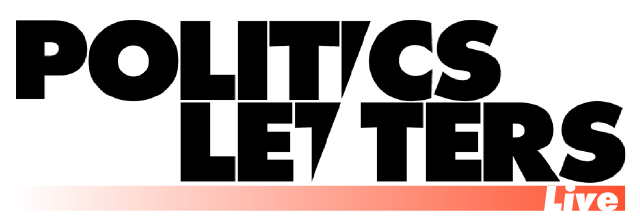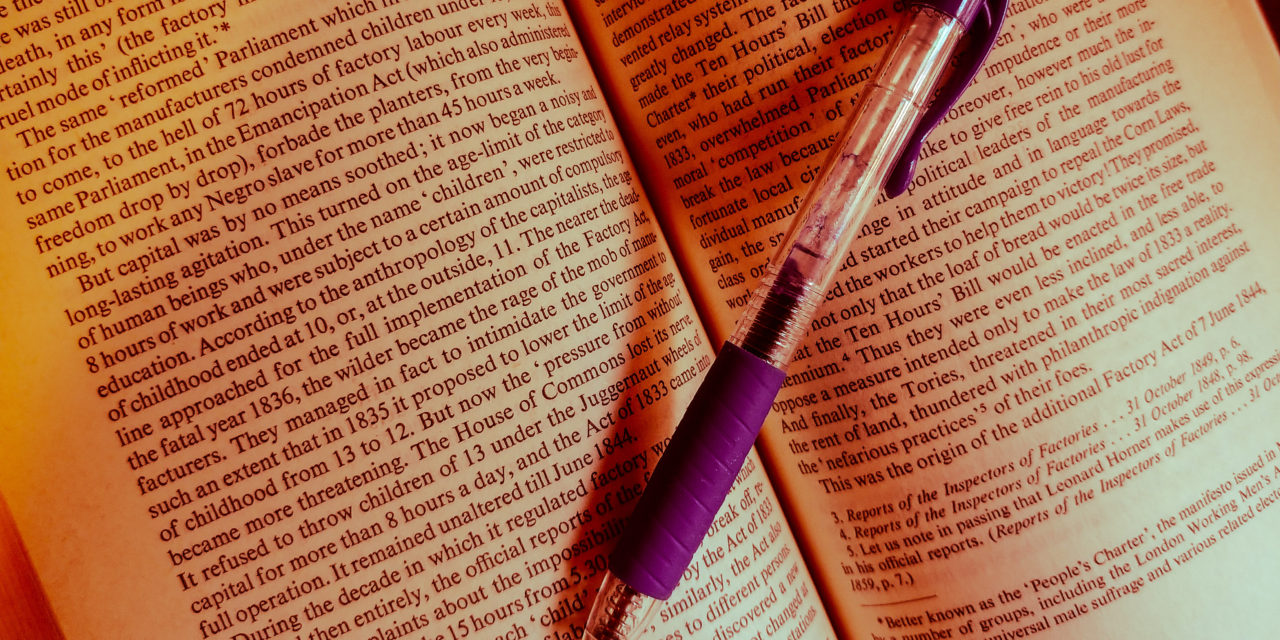Delivered at MLA 2019, as part of panel on the relation of criticism and theory.
- Criticism is not the opposite of theory, in the way that sometimes history is said to be the opposite of theory.
- Criticism is not systematic in the way that theory is. Thinkers described as unsystematic might often also be described as critics.
- Criticism has an affinity with the essay form.
- Criticism is often associated with a stance or attitude, as in “a critical spirit” or “a critical temper.” One does not refer to a “theoretical spirit” or a “theoretical temper,” though one can show ways in which attitudes and characterological traits or assumptions inhabit theories.
- Criticism is more fundamentally a method than a theory, it performs a method.
- Criticism honors its object of study in a way theory does not. Theory is more instrumental in relation to the object of study. Criticism treats the object more as an end than a means.
- Criticism is an art; one says “the art of criticism” but not “the art of theory.”
- Though a theory can certainly be said to be beautiful.
- Criticism belongs to the humanities, theory does not, theory is everywhere.
- The missing term in this discussion is critique, but loosely speaking, critique shares the features of theory, it is closer to theory than to criticism. But critique has more of an attitude than theory.
- Criticism is a placeholder for something whenever criticism and theory occur together. What is it a placeholder for?
- When Murray Krieger and Hazard Adams founded the School of Criticism and Theory in 1976, they debated as to whether to include the word criticism or not, and eventually decided in favor of what Krieger called “the evasive ambiguity” of using both terms, and, crucially, in order to signal an emphasis on literature.
- Many “interventions” in literary studies are driven by an implicit distinction between theory and something else. But in the well-known recent cases is that something else criticism? Is surface reading criticism? I think not. Is distant reading criticism. Assuredly not. Is post-critique criticism? No, that’s probably not the best way to describe it.
- Frustrations with the state of the field often seem to promote a tacit evaluative distinction between criticism and theory, with criticism as the privileged or undervalued term. A key example would be Eve Sedgwick’s work on the affect theorist Sylvan Tomkins, which expresses appreciation for his rich taxonomies, literary descriptions (she compares him to Proust), and his ability to move between digital and the analog modes of thought. Joseph North also employs a distinction between criticism and the form of theoretical and political work that became ascendant in the field – in this instance criticism is associated with practical, embedded, pedagogical modes that were more “in the world” than the scholarship that replaced it.
- Close reading is a feature of much criticism, but the two are not synonymous. Criticism is more ambitious; it’s more invested in the world view of its writer. Criticism has a “critic as artist” or “critic as distinctive thinker” dimension.
- “Reading” in its various guises may be the new “criticism.” “Reading” is more modest than criticism, more trained on method and discipline in both senses. It’s not invested in the individualized persona of the critic, even if in certain ways it inevitably makes appeal to a scholarly ethos. In this sense it shares affinities with the new criticism, which is its own beast..
- Critics can be said to have a body of work, just as theorists do.
- If you say critic and theorist instead of criticism and theory, the feel of the opposition changes. It helps light up the fact that critics can have an informing world view or body of work, but personification can also lead to weird hypostasized opposition between the two.
- “Critic” sounds old-fashioned, like it can be used to describe mid-twentieth century figures but no longer captures the self-understanding of the field. Figures like Irving Howe or Lionel Trilling or Barbara Hardy. Is there anyone today, within the field, that you would describe as a critic?
- Done well, theory always incorporates criticism, which is sometimes just the art of the example.
- Done well, criticism is alive to theoretical questions, and self-reflexive about its theoretical or philosophical commitments – it is mediated theory.
- If I had to pick one example of criticism and theory done well in a brilliantly integrated way, my choice would be Raymond Williams’s The Country and the City.

